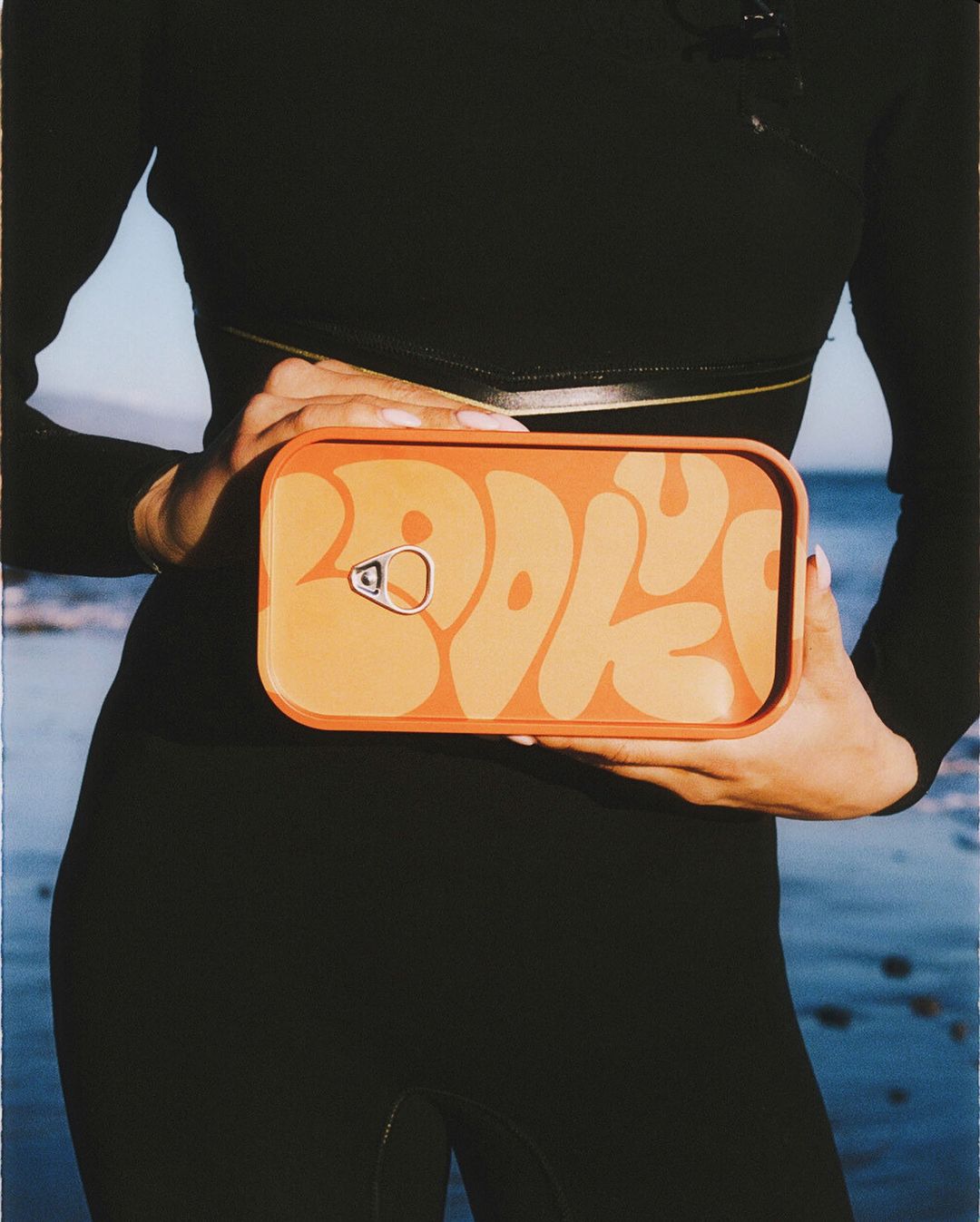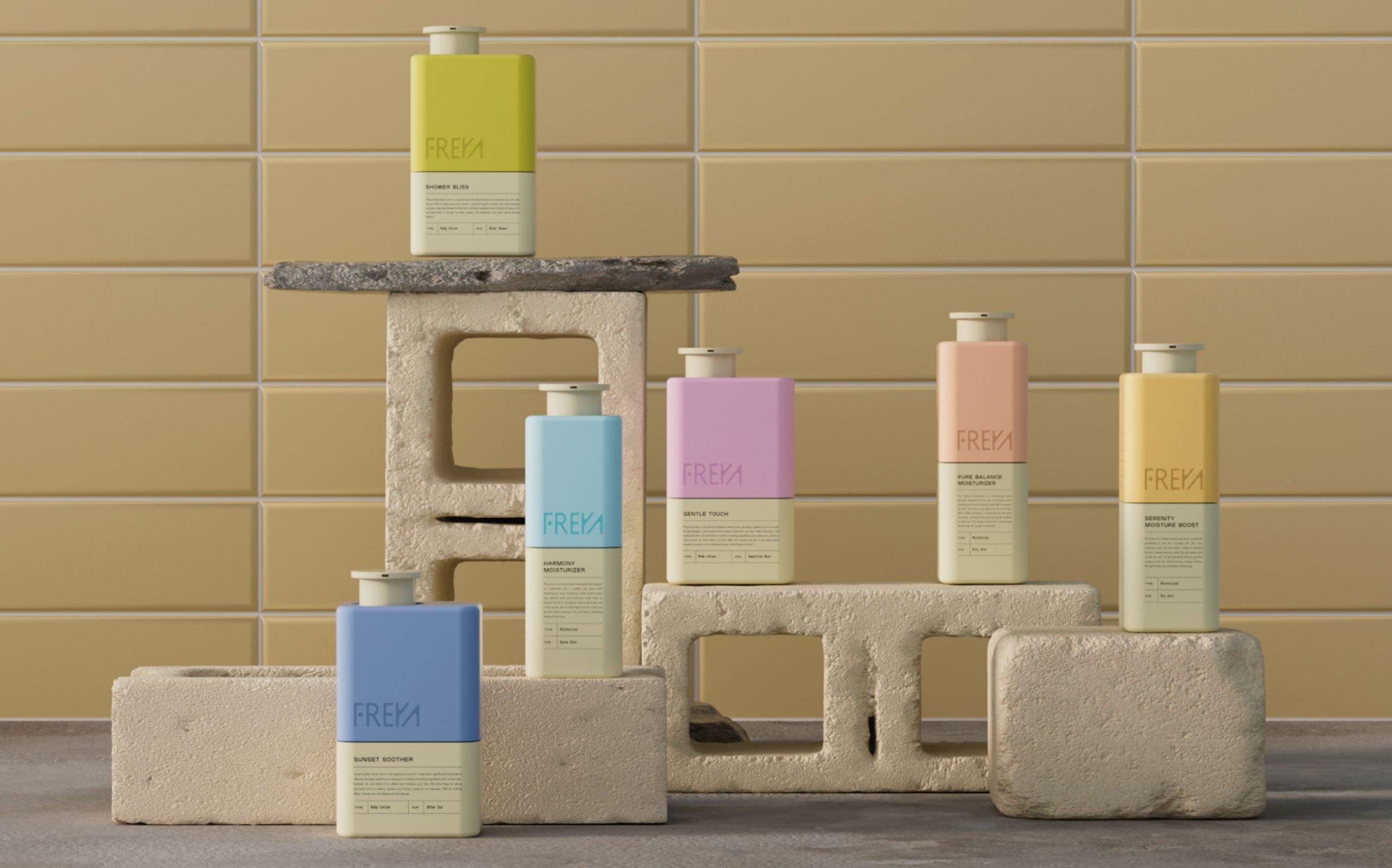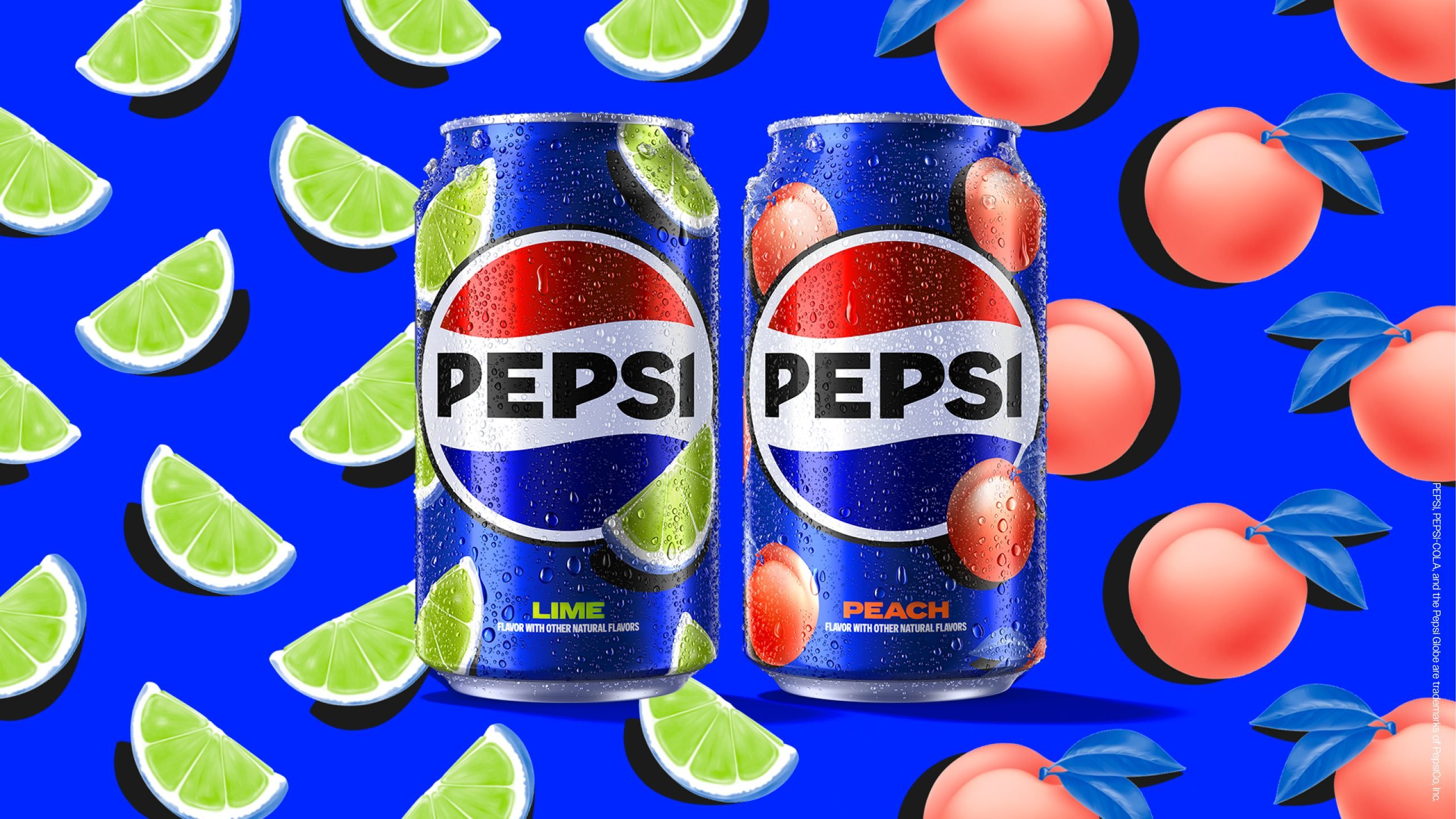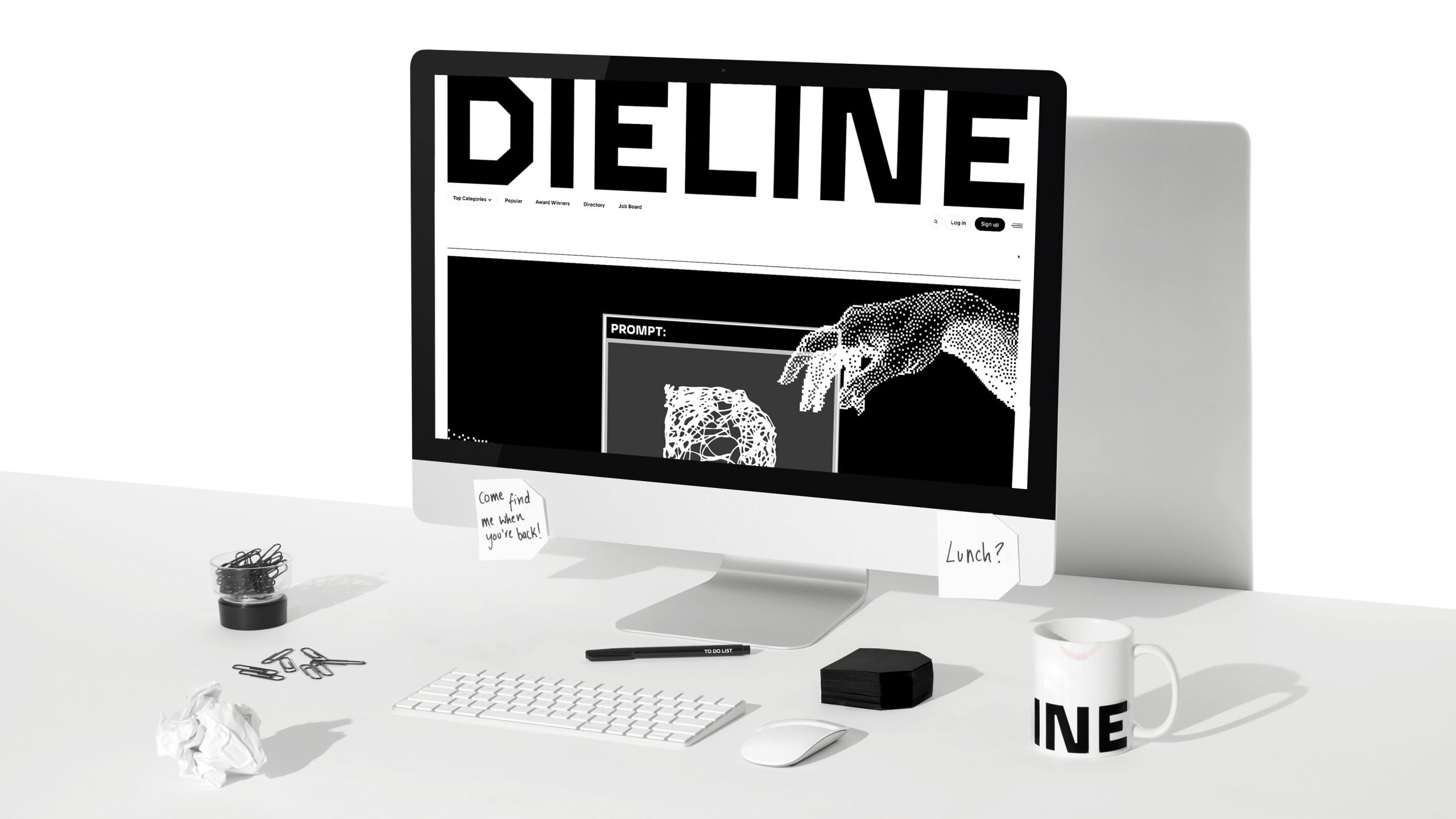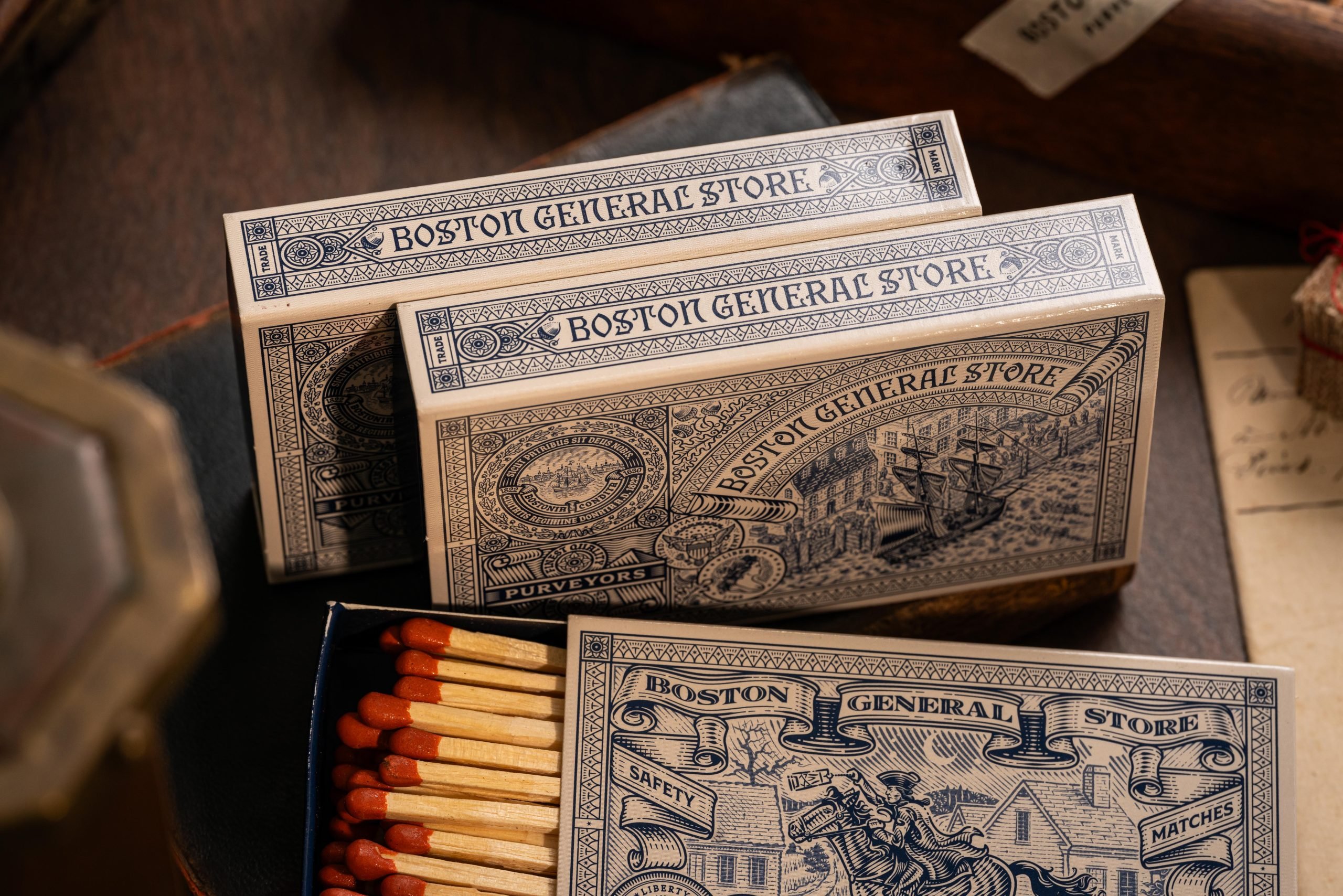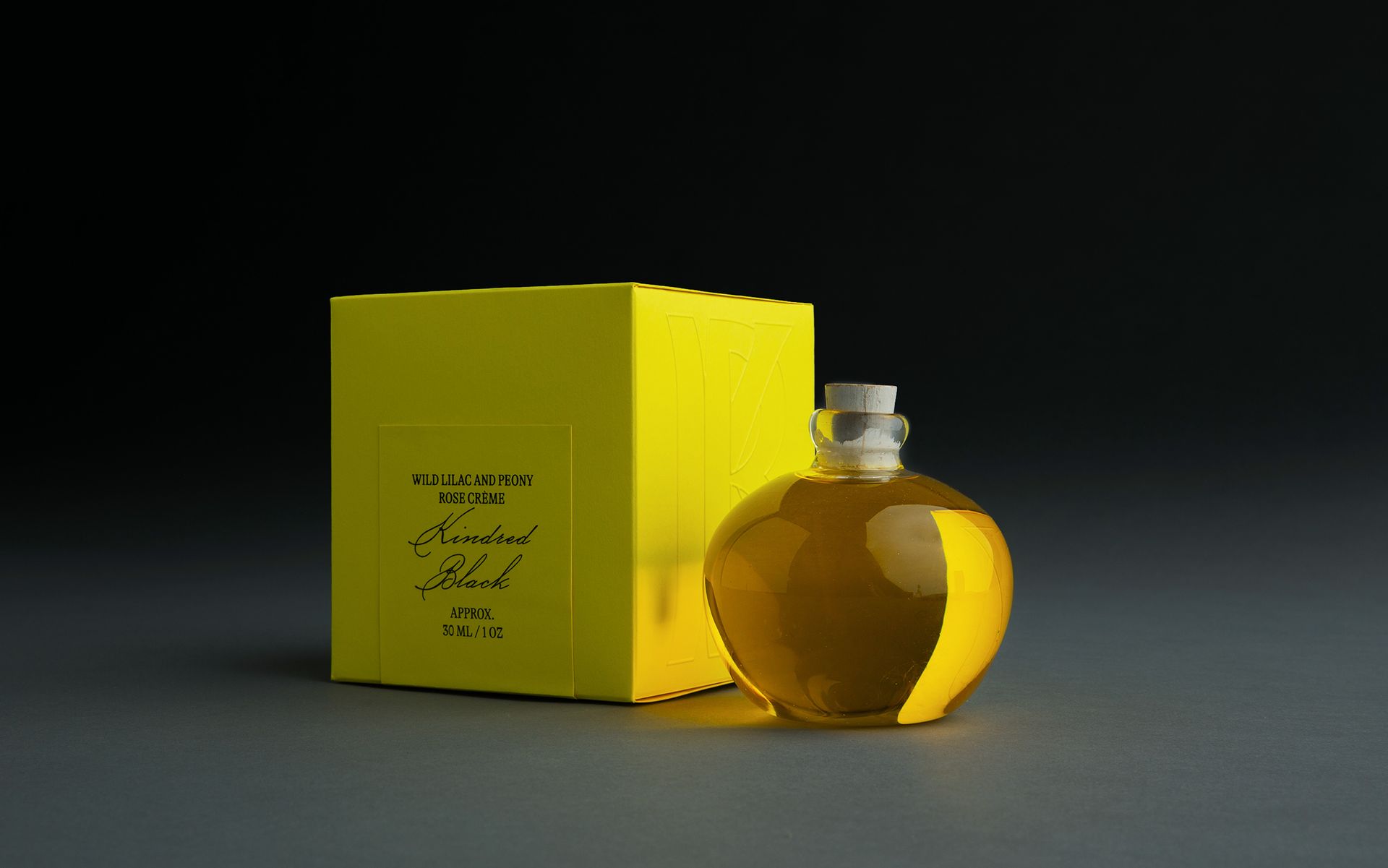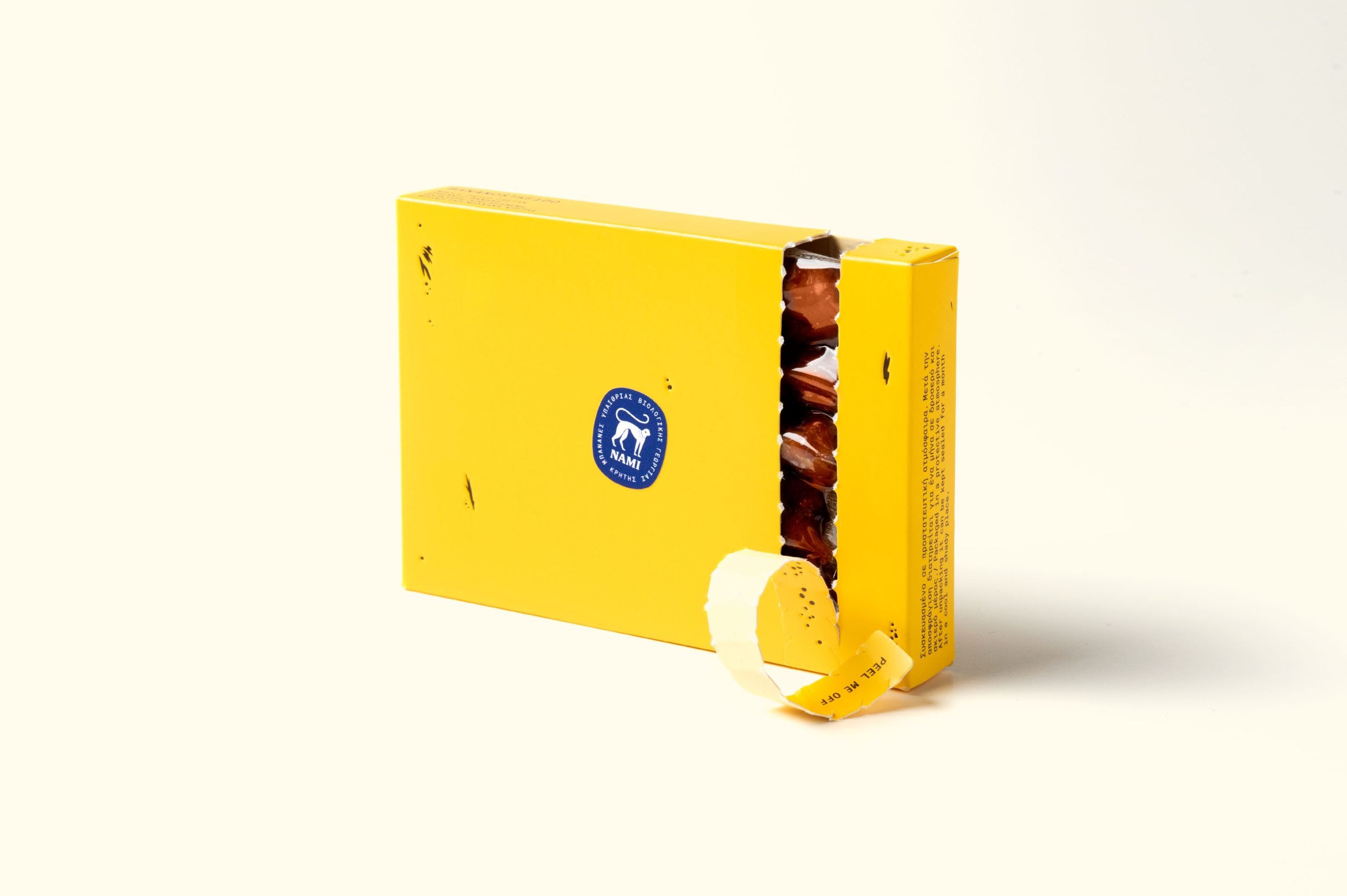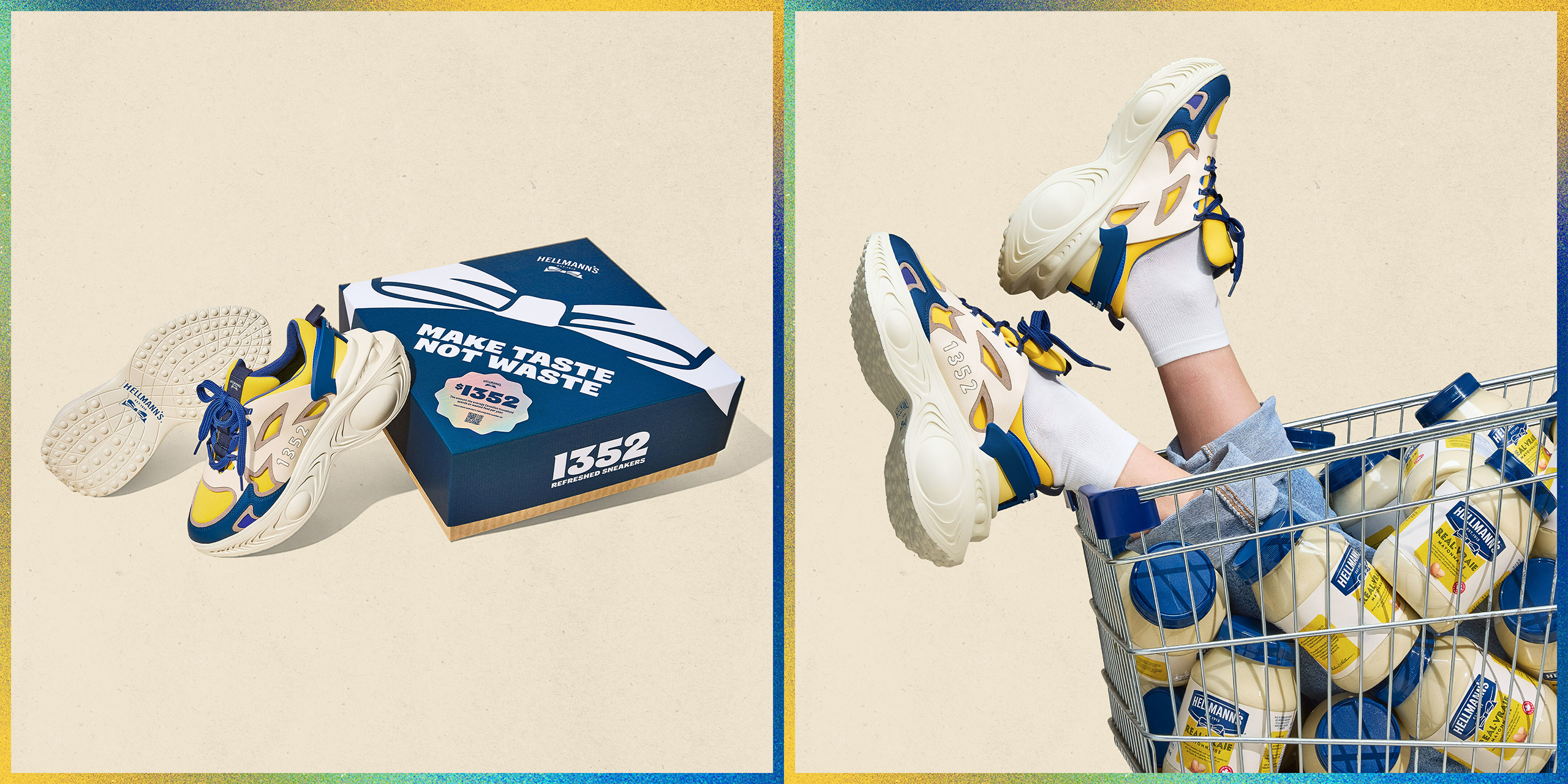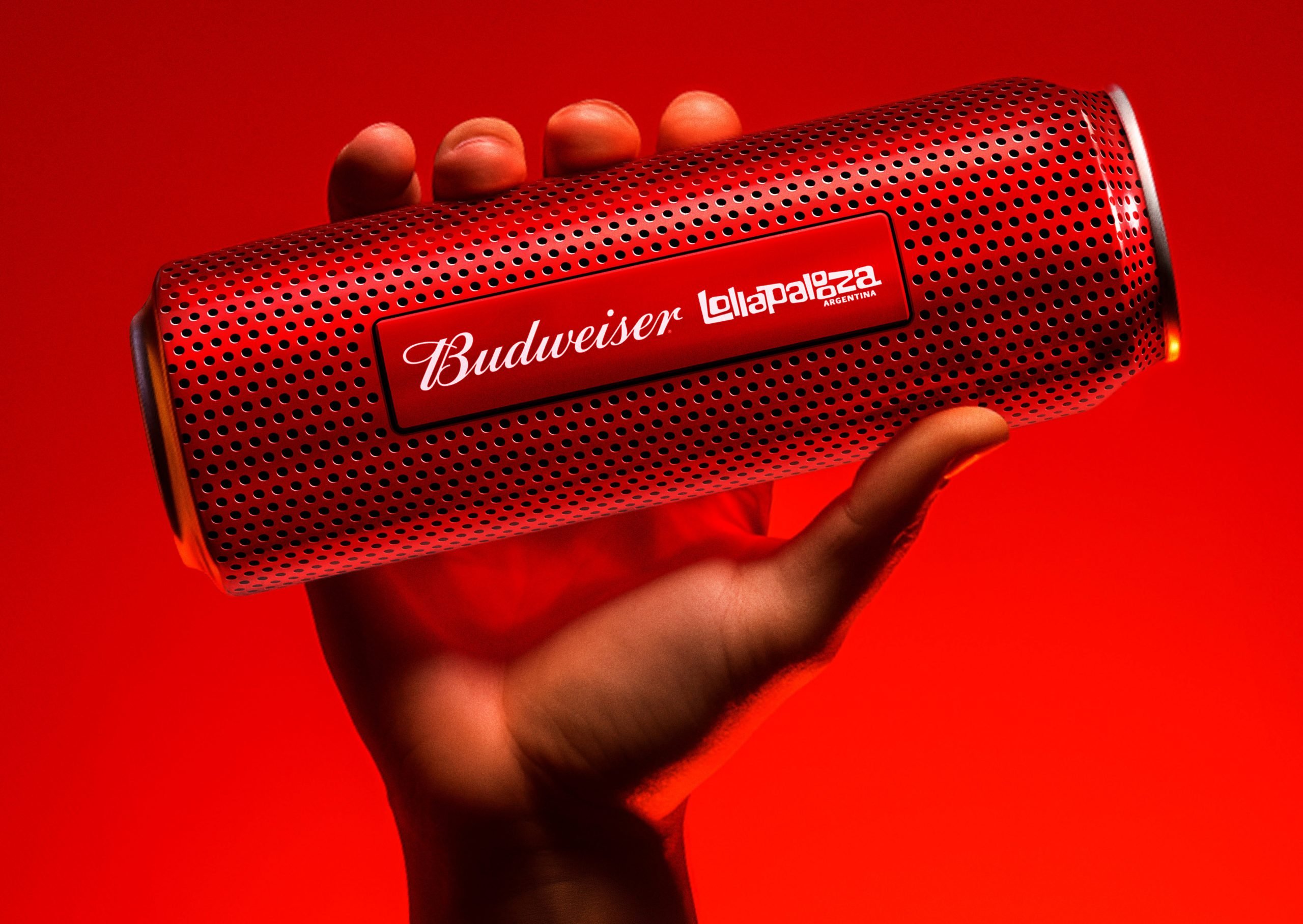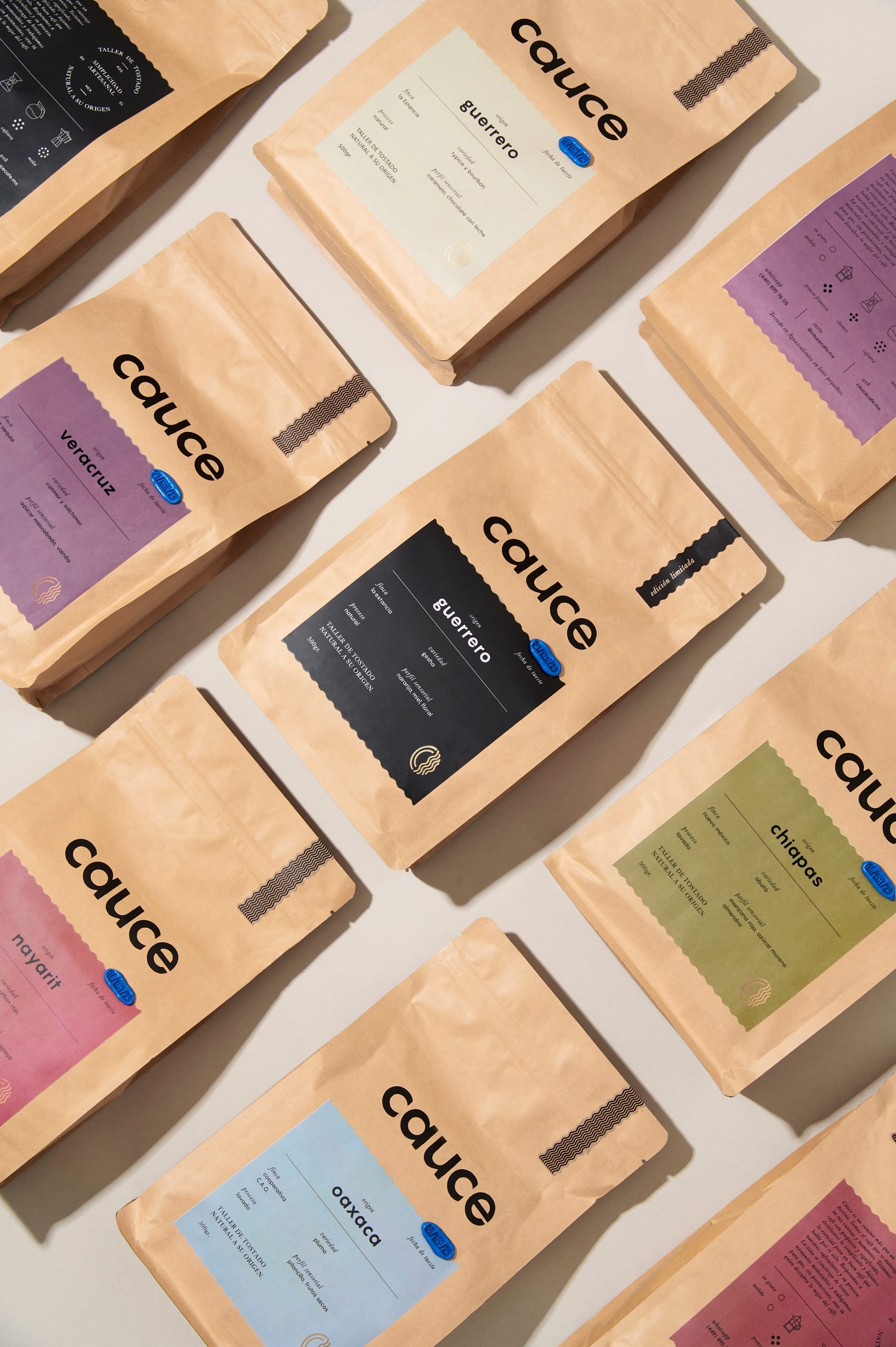There’s a lot of news around straw embargoes, plastic bag bans and over-packaging in general, and weâre starting to see a trend towards simplification in packaging focused on three core moments.
These non-negotiable moments in the unboxing process are the invitation, the introduction, and the reveal. This is how I explain these moments to my clientsâthe invitation is seeing someone across a room, whereas the introduction is shaking their hand. The reveal ultimately is about establishing a deeper human connection.
Letâs break down each step in the process so you can implement them in your next package design.
